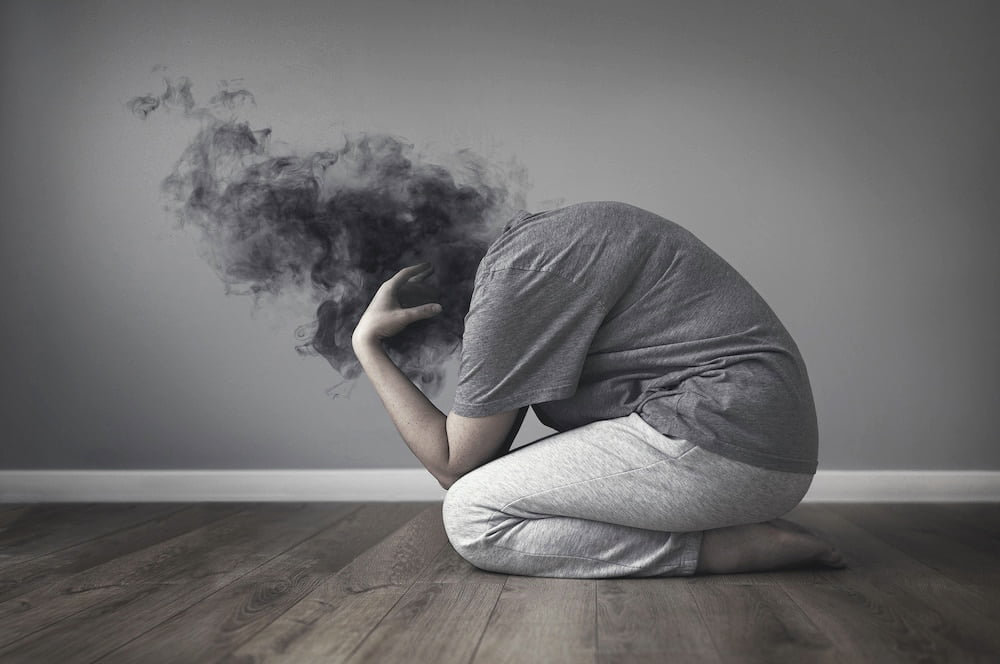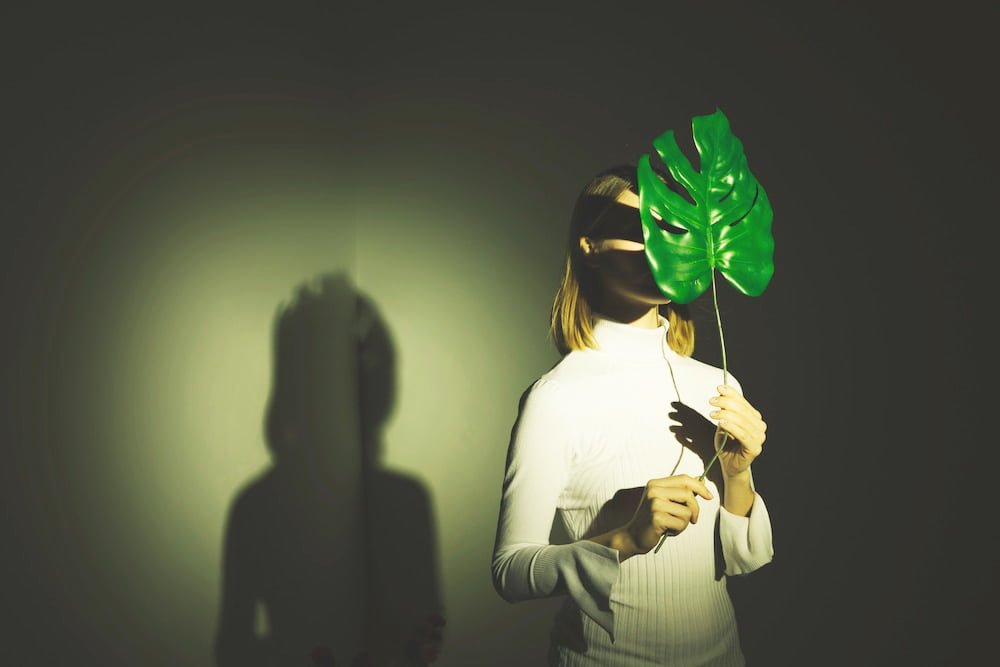Trypophobia, an intense aversion or fear of irregular patterns or clusters of small holes, has gained attention in recent years. This peculiar fear, although not officially recognized as a specific phobia by the American Psychiatric Association (APA), affects a significant number of individuals worldwide. In this article, we delve into the origins of trypophobia and explore the factors that contribute to its development.
Theoretical Explanations
Evolutionary Basis
Trypophobia may have evolutionary roots that link it to survival instincts. Some researchers suggest that the fear of irregular patterns could be an innate response to potential threats from venomous creatures or infectious diseases. In nature, certain patterns like those found on poisonous animals or diseased skin share similarities with the clusters of holes that trigger trypophobia. It is possible that this fear has developed as a defense mechanism to ensure human survival.
Perceptual Factors
At a perceptual level, trypophobia may stem from the brain’s inability to process complex visual stimuli. Irregular patterns can create a sense of ambiguity, confusing the visual processing system. This leads to discomfort or anxiety. Moreover, studies have shown that trypophobic images provoke a heightened response in regions of the brain associated with fear and disgust, reinforcing the idea that there may be a unique perceptual component to trypophobia.
Contributing Factors
Visual Sensitivity
Individuals with enhanced visual sensitivity may be more prone to developing trypophobia. People who possess this heightened ability to detect details and notice irregularities may find the visual patterns triggering. Their perceptual acuity may contribute to the fear response, as they are more likely to notice the irregular clusters that evoke discomfort.
Conditioning and Negative Experiences
Like many fears and phobias, trypophobia can also develop through negative experiences or conditioning. If an individual associates a particular visual pattern with a traumatic incident or experiences significant distress while exposed to it, this can lead to the development of trypophobia. Subsequently, encountering similar patterns in the future may trigger fear and anxiety.
Social Learning
Social learning plays a significant role in the development of various fears, including trypophobia. Observing others exhibiting fear or anxiety towards specific visual patterns can influence an individual’s emotional response. Through vicarious learning, people may adopt the fear of irregular patterns, even if they did not possess it previously.

Coping Strategies
Cognitive Behavioral Therapy (CBT)
Cognitive Behavioral Therapy (CBT) is an effective treatment approach for various phobias and anxiety disorders. By challenging negative thoughts and beliefs associated with trypophobia, CBT aims to reframe one’s thinking patterns and reduce fear responses. Exposure therapy, a common technique used in CBT, gradually exposes individuals to their feared stimuli, helping them desensitize and overcome their fear.
Relaxation Techniques
Practicing relaxation techniques, such as deep breathing, meditation, or progressive muscle relaxation, can help individuals manage their anxiety when confronted with trypophobic triggers. These techniques promote relaxation and create a sense of calmness, reducing the intensity of the fear response.
Seeking Support
Sharing fears and concerns with trusted individuals or joining support groups can be beneficial for individuals struggling with trypophobia. Connecting with others who share similar experiences can provide validation and comfort, helping to alleviate anxiety and fear.
Conclusion
Although the origins of trypophobia are not yet fully understood, evolutionary and perceptual factors are believed to contribute to its development. Understanding the underlying mechanisms can aid in the development of effective treatment strategies, such as cognitive behavioral therapy and relaxation techniques. By exploring trypophobia in-depth, we strive to increase awareness and provide support to those who experience this unique fear.
Also Read: Understanding the Basics of Stuttering: What You Need to Know
Discover more from NoseyPepper
Subscribe to get the latest posts sent to your email.










Recent Comments